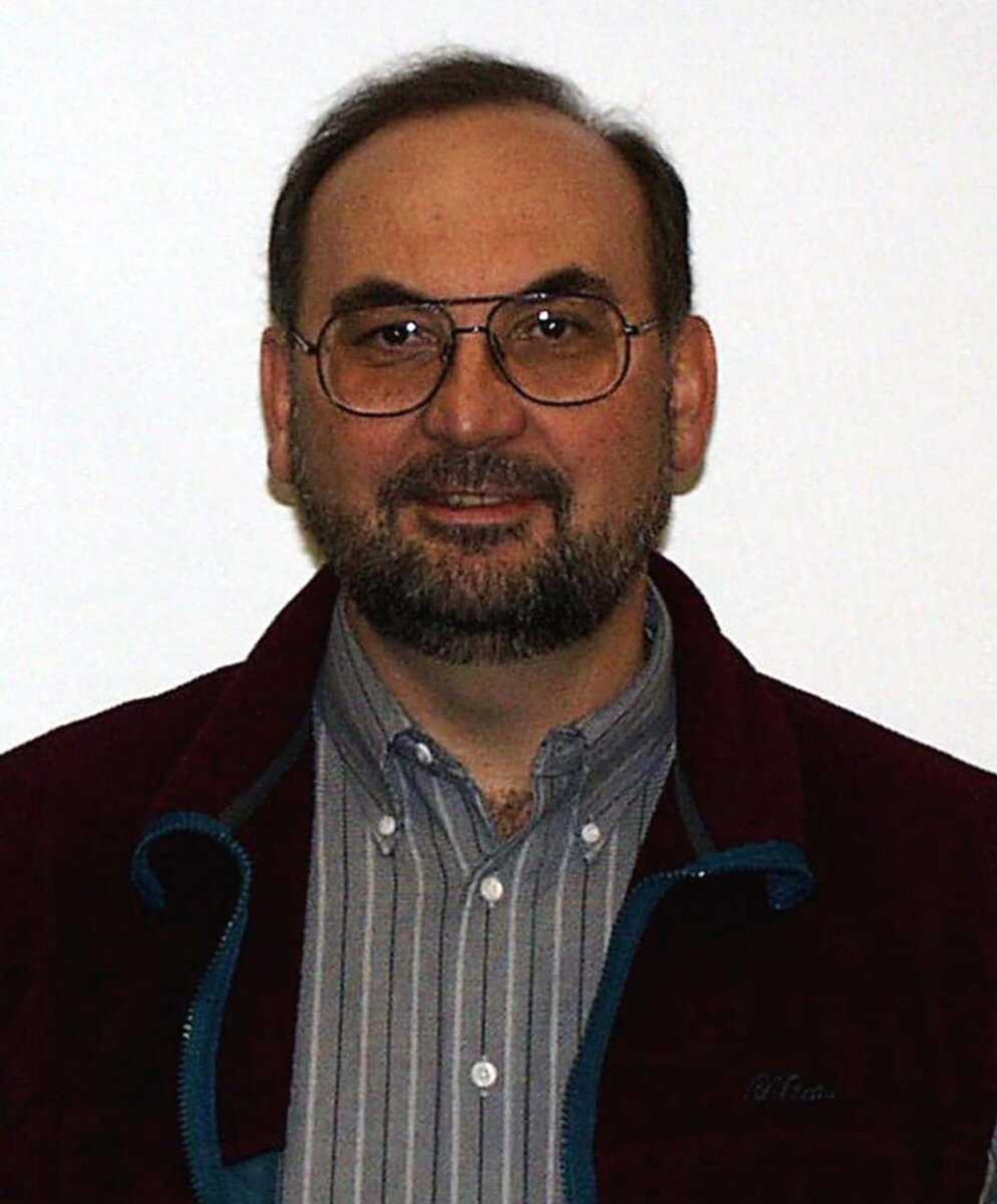Scientists disagree over New Madrid earthquake hazard
MEMPHIS, Tenn. -- Scientists have struggled for years to figure out when the next big earthquake might strike the central United States. Now a geologist from Northwestern University believes he has evidence that the New Madrid Fault, at the center of the country's most active seismic zone east of the Rockies, is "cold and dying."...
MEMPHIS, Tenn. -- Scientists have struggled for years to figure out when the next big earthquake might strike the central United States.
Now a geologist from Northwestern University believes he has evidence that the New Madrid Fault, at the center of the country's most active seismic zone east of the Rockies, is "cold and dying."
Other scientists disagree, and those differences show just how hard it is to understand what causes quakes in the central United States.
"It's easy to say, 'Oh, things must be cooling down, and because we don't understand it, it must be dying.' But we really don't know anything," said Chuck Langston, a seismology professor with the University of Memphis.
The New Madrid Fault, a network of deep cracks in the earth's surface from southern Illinois to northeastern Arkansas, produces hundreds of small quakes a year, most too weak to be noticed without scientific equipment.

Chances for a magnitude 6.0 quake, which could cause serious damage depending on exactly where it struck, are put at 25 percent to 40 percent over the next 50 years.
But Seth Stein, the Northwestern professor, believes the New Madrid could be "running out of steam" and the small recent quakes are lingering aftershocks of the great 1811-1812 temblors.
Eugene Schweig of the U.S. Geological Survey said Stein's assumptions rely on incomplete data and are just another piece of an ongoing debate over the cause of New Madrid quakes.
"The earthquakes are happening regardless of what the explanation is," Schweig said. "We know they occur with some regularity and that we're going to have them again. That's what we should be focusing on."
Unlike much better understood faults like the San Andreas in California, the New Madrid is not at the juncture of shifting tectonic plates, so why it produces earthquakes is still a mystery.
Stein's latest study, on which he presented a paper in December at the annual meeting of the American Geophysical Union, focuses on heat flows deep within the New Madrid Fault.
Hotter rocks are weaker than colder ones, and some scientists have theorized that that could help explain why the New Madrid is so active. But Stein and his associates found nothing unusual about heat flows within the fault.
Add that to his conclusions from an earlier study finding an absence of significant ground motion along the New Madrid, which could build up energy within the fault, and a picture begins to emerge, he said.
"Faults have these kinds of pulses of activity and they're active for a while. They turn on and they turn off," Stein said. "If we put all this stuff together, it looks like we're seeing the end of the recent pulse of activity."
Robert Smalley, a Memphis geophysicist, isn't impressed with that theory.
Arguing about "a temperature effect" on the New Madrid "is just a waste of time," Smalley said, because the temperature of the earth changes so slowly.
"It's a complete red herring," Smalley said. "The temperature now is the same as it was in 1811 and 1812 and 500 years before that and 500 years before that."
And slight ground motion may or may not be enough to build up stresses for a big quake, he said, since "we don't understand why they happen here in the first place."
Smalley is working with Glen Mattioli, a geology professor at the University of Arkansas, on a project to upgrade field equipment to study ground movement in the New Madrid zone.
If there is no ground motion to build up energy within the fault, Stein may be on to something, Mattioli said, but the data is incomplete.
Ground motion sensors, linked to global positioning satellites, are stationed throughout the New Madrid zone, but more up-to-date equipment is needed, Mattioli said, and he is looking for financing to supply it.
"I'm not convinced we have the full story yet, but I would have to say at this stage the evidence is pointing toward less (ground) deformation rather than more, so that would tend to favor Stein's argument that the seismic hazard is lower rather than higher," Mattioli said.
But even small amounts of ground motion might lead to a quake "that still could cause significant damage in a region that is not properly prepared."
Earthquake specialists have long urged residents of the New Madrid region to get ready for the big one, but Stein contends some of those warnings have been overblown.
"It's not a non-problem, but it's not a fantastically serious problem either," he said. "You might call it a moderate-level problem."
For Smalley, the scientific evidence is insufficient to conclude that the New Madrid Fault has had its day.
"It could be dying out, but we don't know that," Smalley said. "We can't prove that it isn't and he can't prove that it is."
---
On the Net:
Seth Stein on the New Madrid Seismic Zone: http://www.earth.northwestern.edu/people/seth/research/nmsz.html
University of Memphis Center for Earthquake Research and Information: http://www.ceri.memphis.edu/
Connect with the Southeast Missourian Newsroom:
For corrections to this story or other insights for the editor, click here. To submit a letter to the editor, click here. To learn about the Southeast Missourian’s AI Policy, click here.










